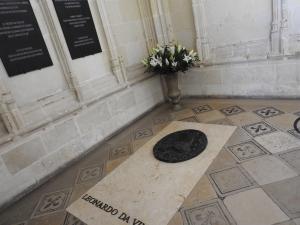The LA Times reported today that there was some confustion at Indymac that revolved mostly around Trust accounts.
"FDIC spokesman David Barr said most of the problems stemmed from trust accounts that have been put on hold until the agency determines that beneficiaries have been properly named. In most cases, those funds will be released in full after the depositor confers in person with the FDIC, he said.
Frozen trust accounts also caused tellers to fail to credit interest payments to some borrowers. "We apologize for that," Barr said, adding that the FDIC is checking accounts where that may have occurred and will mail missing interest to depositors. "It may take us a few days, but we will get it out."
Trust accounts allow you to designate a family member as a beneificiary upon your death. By doing so, you can extend an extra $100,000 in FDIC coverage to the account and the person. But trusts can be tricky.
There are several types of trusts, including revocable and irrevocable and both differ in what is needed to quality for FDIC coverage. For example for a revocable trust (one that can be cancelled by the owner) the following criteria must be met, per the FDIC website:
Formal revocable trusts – known as "living" or "family" trusts – are written trusts created for estate planning purposes. The owner controls the deposits and other assets in the trust during his or her lifetime. Upon the owner's death, the trust generally becomes irrevocable. All deposits that an owner has in both informal and formal revocable trusts are added together for insurance purposes, and the insurance limit is applied to the combined total. Payable-on-Death (POD) Accounts
The owner of a POD account is insured up to $100,000 for each beneficiary if all of the following requirements are met:
If you are unsure about how your trust was established at your bank, you should spend a few minutes reading the FDIC literature. If you are still unclear, call the FDIC. I've found that bank staff are often unaware or unclear about how FDIC regulations work and wouldn't depened solely on their guidance.
I'd also make sure that you have paper documentation of your accounts. In the case of a large failure like Indymac, some degree of confustion ensues and you can reduce your own stress by having everything documented.





Add your Comment
or use your Google account
or use your BestCashCow account